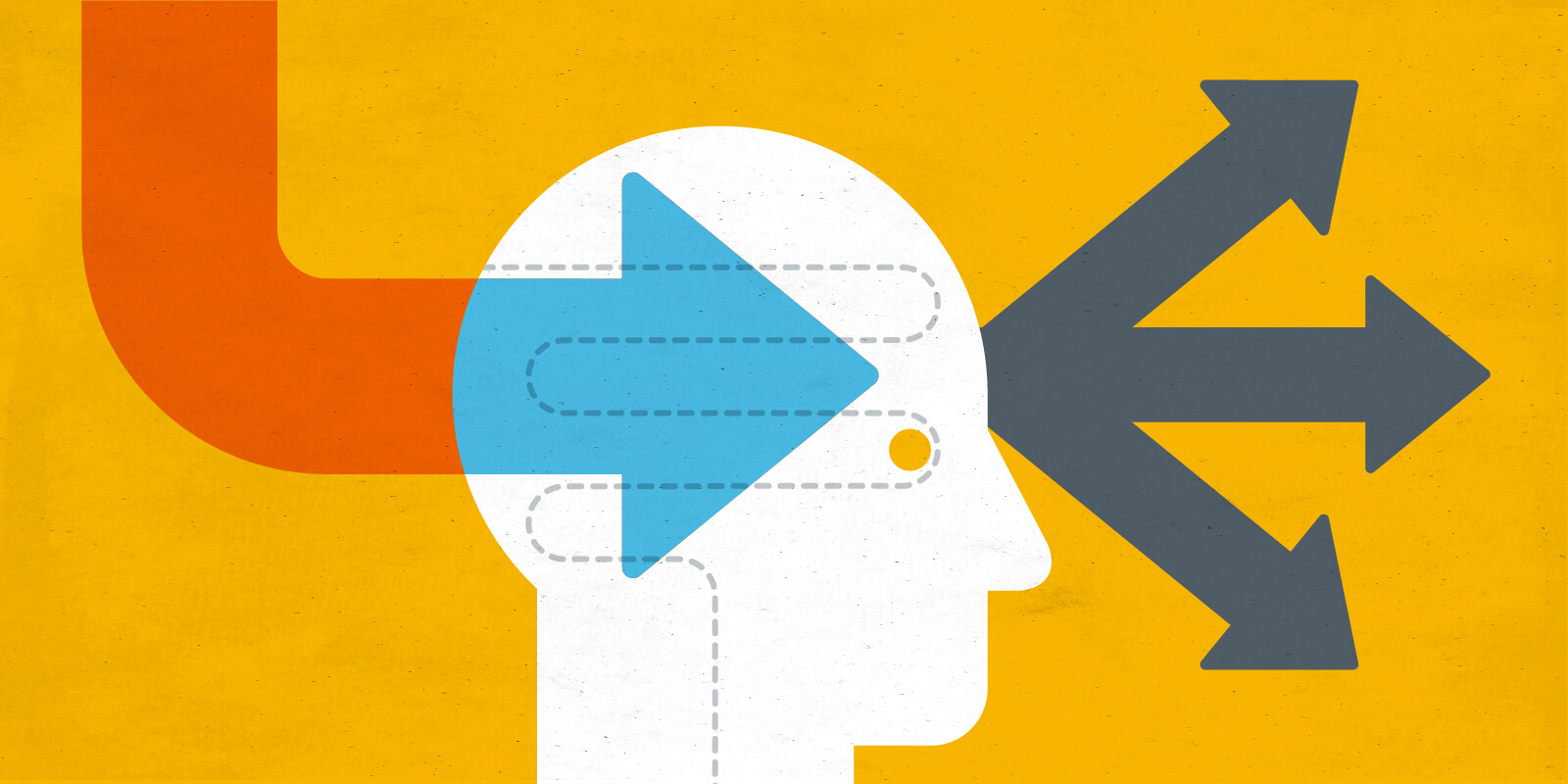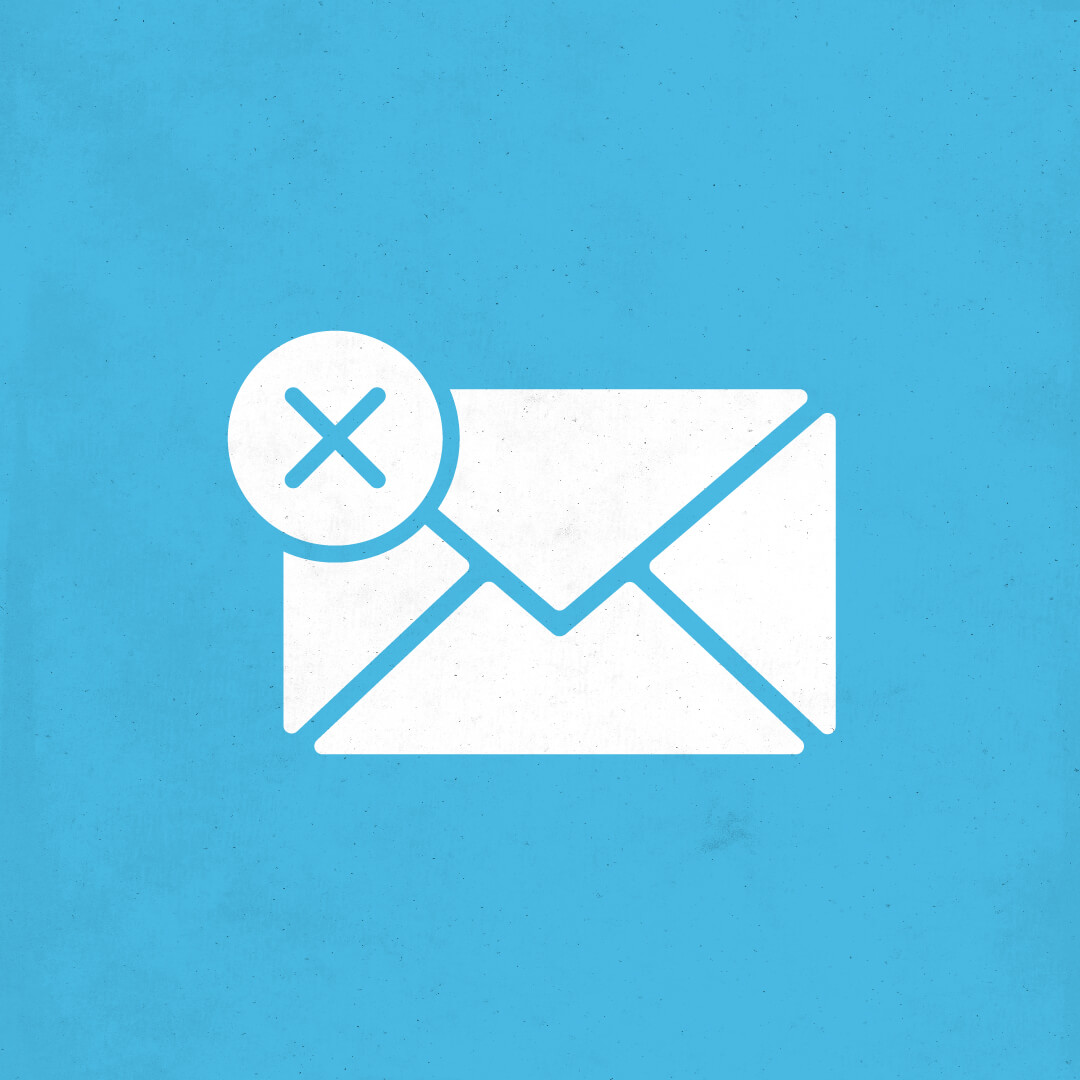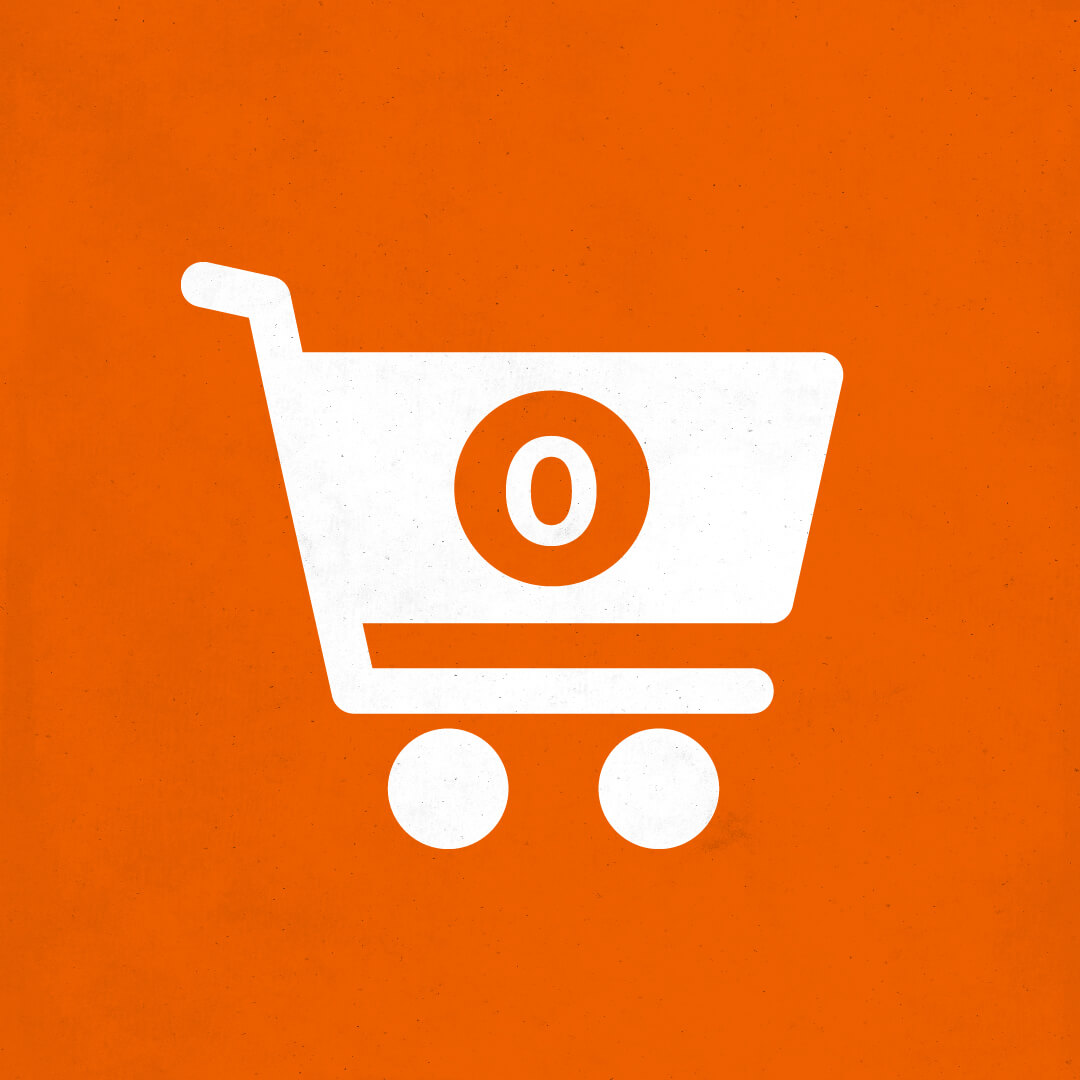Build a Customer-First Lead Generation Strategy
03.09.21 · Ashley Bowen Cook
A good lead generation strategy is necessary for marketers – especially now that virtual outreach has become a staple in our lives. No leads? No business. No business? No sales.
No sales? That’s it. That’s the end. Feel free to go.
Don’t worry, that’s the last doom and gloom line you’ll read from me.
We collect leads through various inbound marketing channels and nurture them until they’re ready for a meeting with the sales team. When – and at what point in the perceived stage of the buyer’s journey – we deliver those leads depends entirely on our lead scoring models. Visiting the website is five points, downloading a whitepaper is 10 and so on.
Unfortunately, our leads don’t like this model. They also probably don’t like being referred to as “leads.”
Customer-first lead generation strategies transform the traditional collect-nurture-deliver marketing model. The goal is to move toward a user-focused model based on a person’s immediate need. Let’s break that down.

Start with People
To build a lead generation strategy, you first need to define your audience. Not surprised? We know. Audience definition is the first step in any marketing strategy. But don’t just think about the standard demographics and job titles. What keeps your audience up at night? What brings them joy? These sentiments are just as important.
Second, you have to build a foundation on which you can implement your various inbound marketing channels that speak to your defined audience. That foundation is likely made up of blogs, case studies, social posts and videos, among other pieces of content.
Finally, you need to create a method in which you are asking your audience to take necessary action like accepting a phone call, scheduling a meeting or trialing your service. And it has to be done appropriately. No one likes to be sold on the first date.
Sound right? Great.
Now, you have a defined target audience – based on demographics, geographics, behaviorgraphics and graphic-graphics. (That last one was just for fun.) Clearly your target persona is, well, who you’re targeting. Plus, you’re delivering content. Well done. You have also implemented weighted engagement actions that together move a marketing qualified lead (MQL) into the sales funnel.
But let me ask you a few questions about those MQLs.
- How are conversion rates from MQL to sales qualified lead (SQL)? What about actual sales numbers?
- How many more leads are you trying to attract to increase those rates?
- How often do qualified leads drop out of your nurture campaigns through unsubscribing or unfollowing?
Now, can you identify why? Is it because they’ve already discounted your solutions?
Nurturing vs. Conversations
In an earlier blog, we said that no one was waiting around to hear from you. Ouch, we know, but hear us out.
Those leads want to be treated like people – not “leads.” That means they don’t really want to enroll in another three-month-long email campaign that’s just going to light up another notification on their smartphones. You know. That red one we all hate. Which is probably why they’re avoiding your website forms and will never see your spectacular email template.
When it comes to catching those buyers, timing is everything. (Honestly, that’s why frequency is still a thing.) You have to be prepared to grab up that conversation-ready buyer and hand deliver them to the sales team.
Gift wrap optional.
A customer-first lead generation strategy allows you to be that nimble. Here are a few ways you can activate immediate conversations:
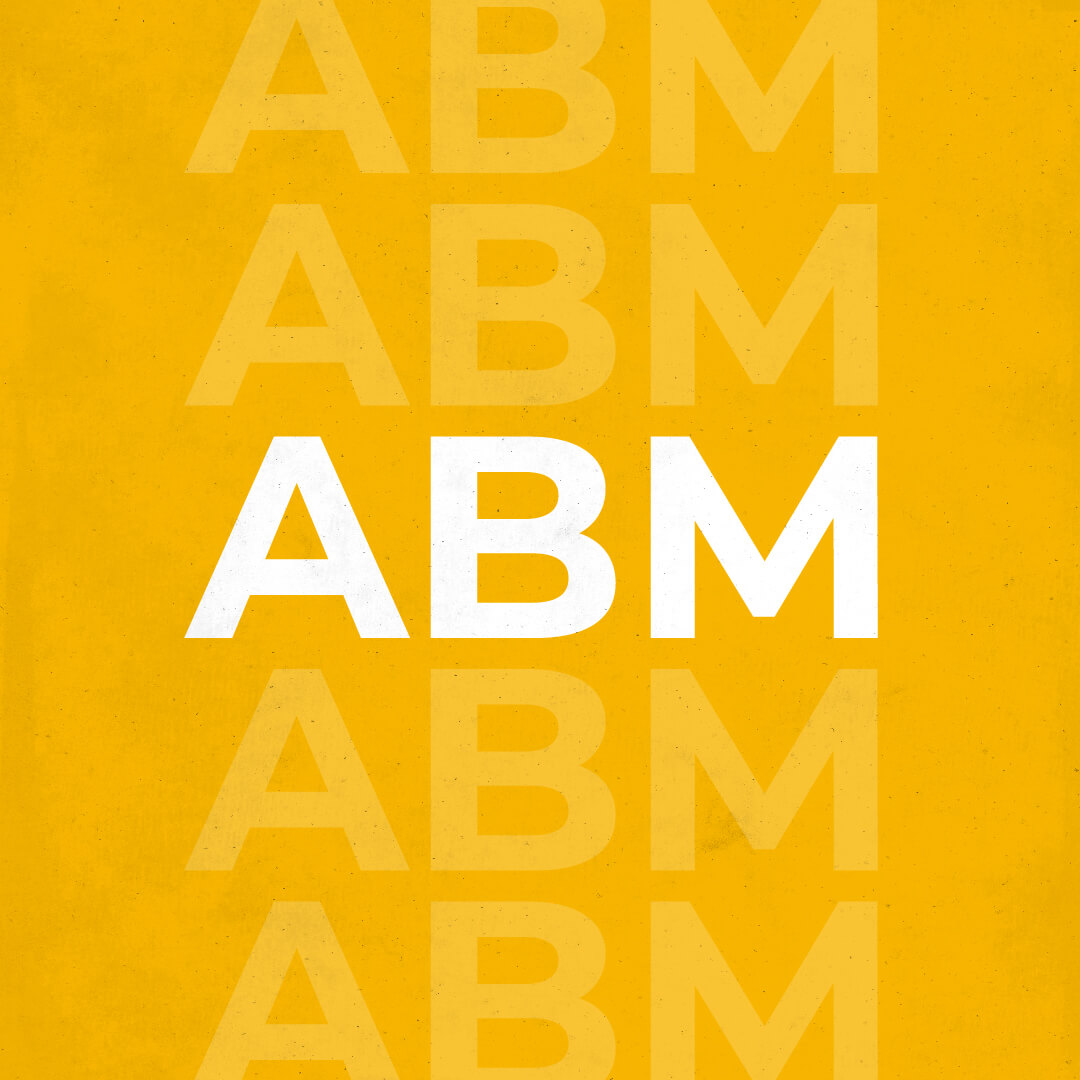
Account-Based Marketing (ABM) – Account leads refer to organizations, not just the individuals that work for them. MQLs sometimes never become SQLs because they’re not the highest rung on the decision ladder. With ABM, you can segment people into organizations and see where your true conversation opportunities lie.
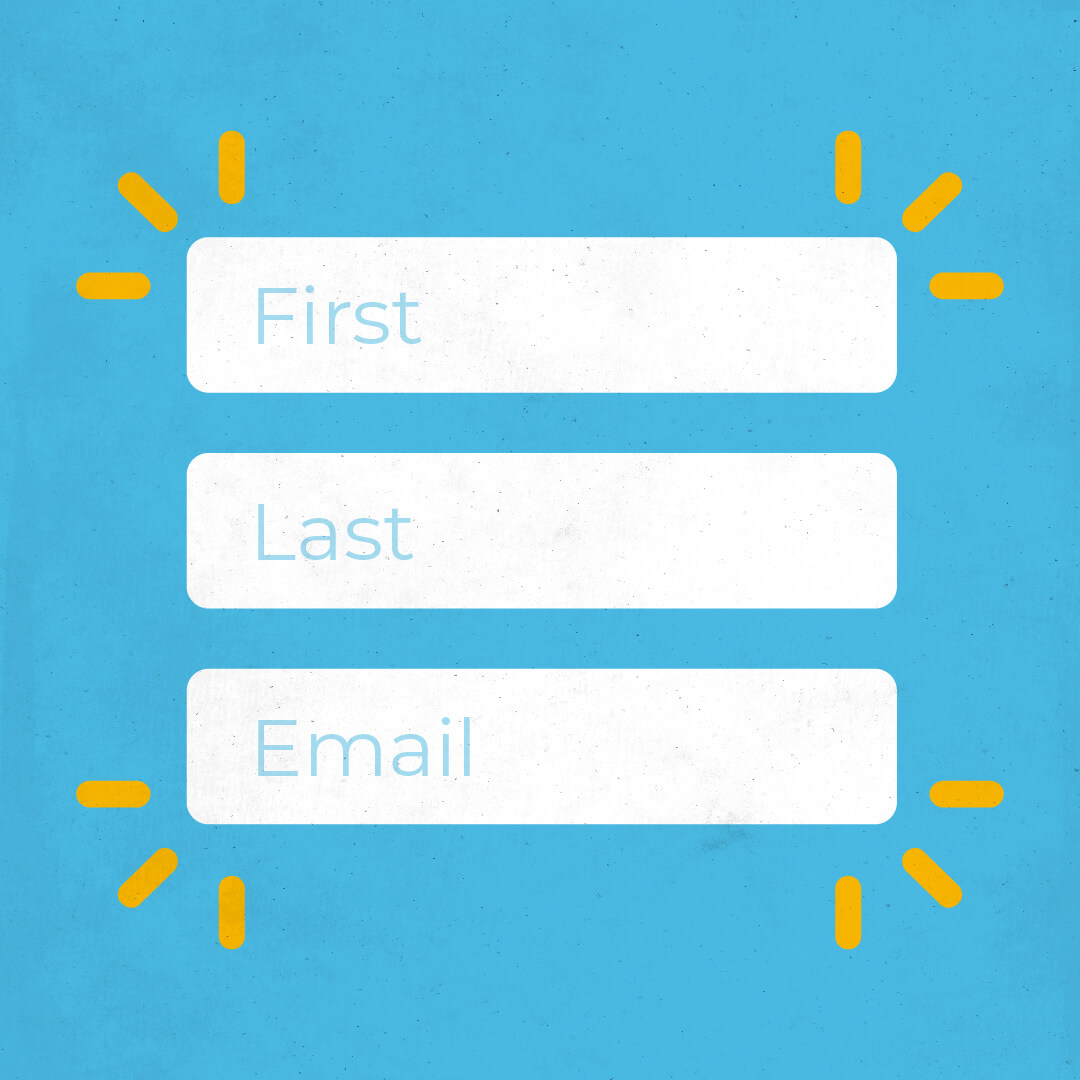
Better Contact Forms – Make it easier for leads to talk to actual people. Forms that route through a CRM are great for users who are in research mode. Not so much for folks who want to have a conversation. Right now. Online scheduling tools allow you to activate your sales team when and where they’re needed. Easily.

Chat Bots – A smart bot can nurture a lead while also collecting data on them and notifying the sales team that they need to get online and start sellin’. All at the same time. Chat bots can also answer questions about careers, customer service and more, freeing up your other teams for better in-person customer conversations.

Segmented Nurture Campaigns – Yes, of course you still need to nurture leads. Just do it better. Segment your audience – the people on your website, following your Facebook page or hanging out in your CRM – and then deliver real resources through your inbound channels aimed at solving real problems.
Converse and Convert
People want meaningful conversations with solution providers who help them make their decision. Customer-first lead generation strategies acknowledge that desire and work on the assumption that buyers are ready to buy when they tell you. Not three months and a drip campaign of annoying notifications later.
Are you ready? So are we. Contact us.
